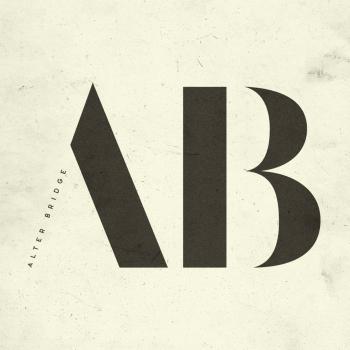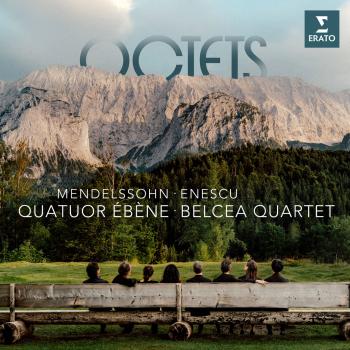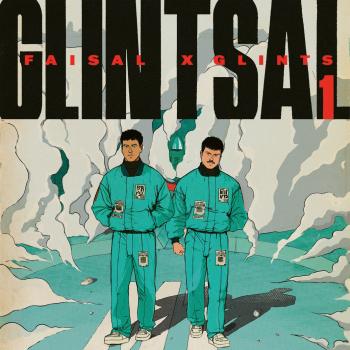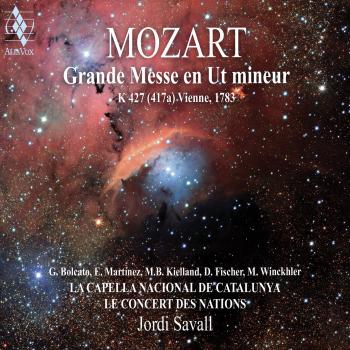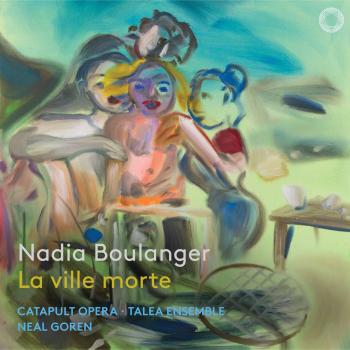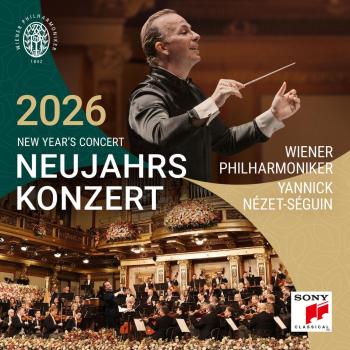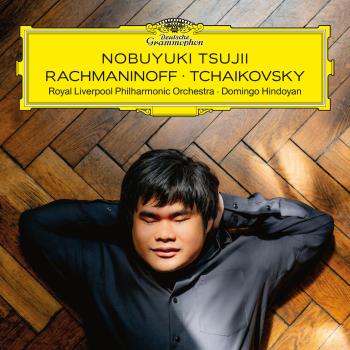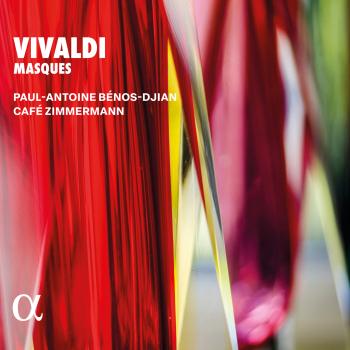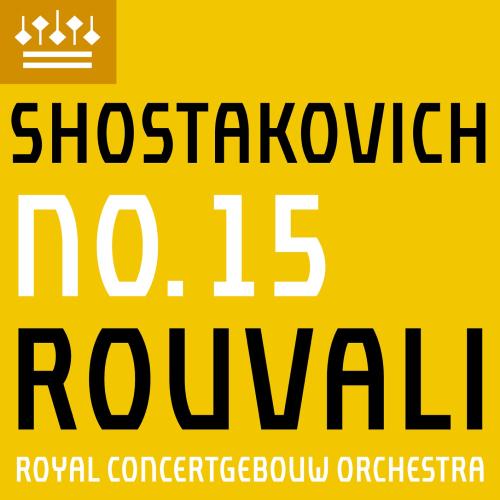
Shostakovich: Symphony No. 15 Royal Concertgebouw Orchestra & Santtu-Matias Rouvali
Album Info
Album Veröffentlichung:
2023
HRA-Veröffentlichung:
18.07.2025
Label: Royal Concertgebouw Orchestra
Genre: Classical
Subgenre: Orchestral
Interpret: Royal Concertgebouw Orchestra & Santtu-Matias Rouvali
Komponist: Dmitri Shostakovich (1906-1975)
Das Album enthält Albumcover
Entschuldigen Sie bitte!
Sehr geehrter HIGHRESAUDIO Besucher,
leider kann das Album zurzeit aufgrund von Länder- und Lizenzbeschränkungen nicht gekauft werden oder uns liegt der offizielle Veröffentlichungstermin für Ihr Land noch nicht vor. Wir aktualisieren unsere Veröffentlichungstermine ein- bis zweimal die Woche. Bitte schauen Sie ab und zu mal wieder rein.
Wir empfehlen Ihnen das Album auf Ihre Merkliste zu setzen.
Wir bedanken uns für Ihr Verständnis und Ihre Geduld.
Ihr, HIGHRESAUDIO
- Dmitri Shostakovich (1906 - 1975): Symphony No. 15 in A Major, Op. 141:
- 1 Shostakovich: Symphony No. 15 in A Major, Op. 141: I. Allegretto 08:47
- 2 Shostakovich: Symphony No. 15 in A Major, Op. 141: II. Adagio - Largo - Adagio - Largo 18:41
- 3 Shostakovich: Symphony No. 15 in A Major, Op. 141: III. Allegretto 04:27
- 4 Shostakovich: Symphony No. 15 in A Major, Op. 141: IV. Adagio - Allegretto - Adagio - Allegretto 16:27
Info zu Shostakovich: Symphony No. 15
Dmitry Shostakovich’s Fifteenth is perhaps the most enigmatic symphony of the twentieth century. In this work, the composer goes in search of his (and our) relationship with the musical past. He quotes musical predecessors like Rossini and Wagner, in addition to himself. These quotations raise profound musical and philosophical questions: where does it all come from, how far have we come, and where does it all go? The bare, withering ending is one of the most poignant passages in the symphonic repertoire, which Shostakovich, then a sixty-five-year-old heart patient, composed knowing the end was nigh.
A very special role is reserved in the work for an extensive percussion section. It promises to be a special performance under the baton of Santtu-Matias Rouvali, himself originally a percussionist. Speaking of percussion: in Ennio Morricone’s trumpet concerto Ut , Omar Tomasoni’s virtuoso part is supported by timpani. With otherworldly sounds, the ever innovative Icelandic composer Anna Thorvaldsdottir investigates what it would be like to fall into a black hole - into the unknown.
Royal Concertgebouw Orchestra
Santtu-Matias Rouvali, conductor
he Royal Concertgebouw Orchestra
or, as it is often called, the Amsterdam Concertgebouw Orchestra, was founded in 1888, its first concert taking place on November 3 of that year. Concertgebouw means concert hall in Dutch, and the ensemble adopted that name from the lavish site where it has been based since 1888. The building, known for its splendid acoustics, houses a large auditorium (the Grote Zaal) and a small one (Kleine Zaal).
The Orchestra's first conductor was Willem Kes, who enforced a common etiquette on Dutch audiences previously unobserved: eating, late arrivals, and talking during performance were banned. Kes built the orchestra into a fine one, even if it still fell short of world-class caliber. Upon Kes' departure in 1895, the legendary Willem Mengelberg was appointed music director. He would serve for nearly 50 years in that capacity, molding the orchestra into a first-rate ensemble and making many famous recordings with the group.
During his reign Mengelberg took sabbaticals to conduct other orchestras in Europe and America, including the New York Philharmonic. During his absences, other conductors were engaged to serve as substitutes, including Pierre Monteux and Bruno Walter. While Mengelberg was highly respected and his orchestra widely admired, the repertory tended to be somewhat narrow, focusing largely on the Germanic sphere, especially on Beethoven and Richard Strauss. But he conducted works by Gustav Mahler, and the orchestra featured appearances by Rachmaninov and Prokofiev in performances of their works.
During World War II, Mengelberg sided with the Nazis, and after 1945 was banned from conducting the ensemble for six years. That same year Eduard van Beinum was appointed his successor. He broadened the repertory and maintained the orchestra's high performance standards during his 14 years on the podium. He died in 1959 during a rehearsal, and for the next four years, leadership of the orchestra was shared by Eugen Jochum and Bernard Haitink. Haitink was appointed chief conductor in 1963 and served in that capacity until 1988. During his tenure, the orchestra made numerous highly acclaimed tours and recordings.
Haitink's successor was Riccardo Chailly, who further broadened the repertory of the orchestra, and like his predecessors, produced a spate of critically acclaimed recordings. In 2004, Mariss Jansons was appointed conductor of the Royal Concertgebouw Orchestra. Today the ensemble consists of 120 players and is widely considered one of the finest orchestras in the world.
Dieses Album enthält kein Booklet


